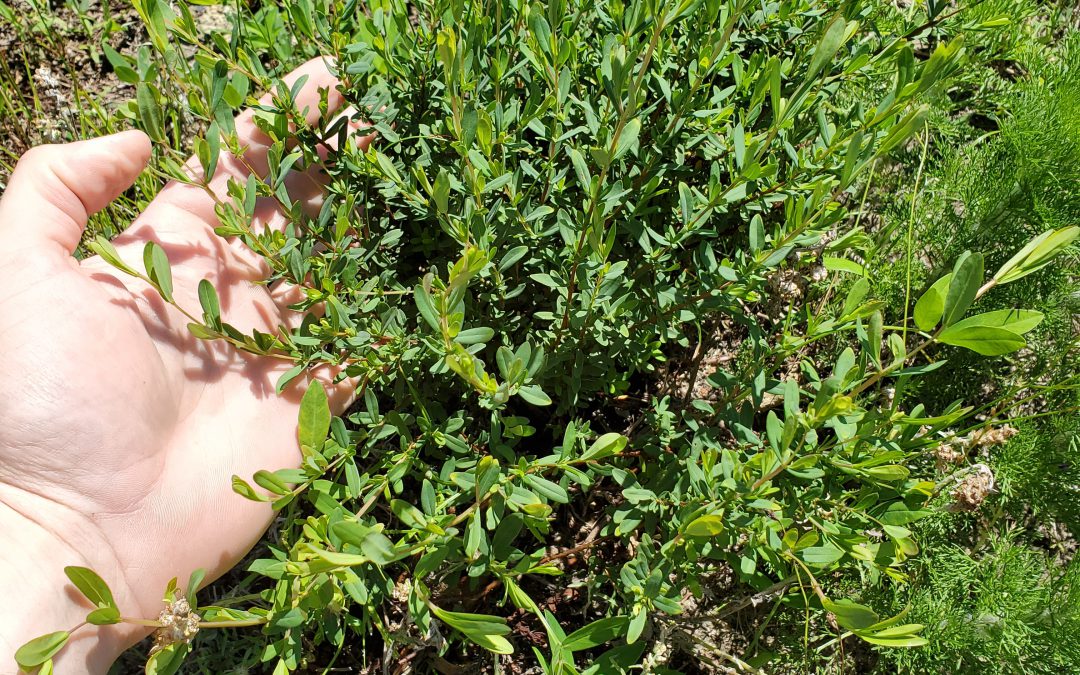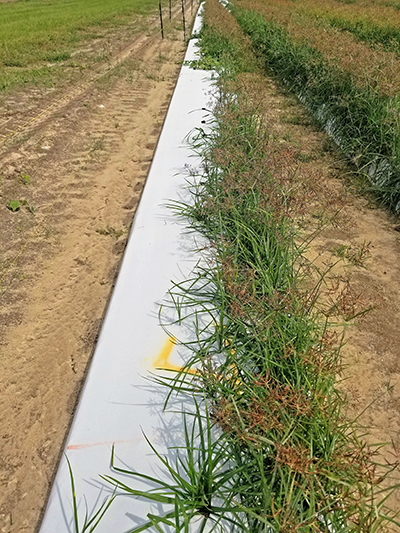
by Kalyn Waters | Apr 17, 2020
Across the southeast pasture owners maybe noticing the unwelcome presence of thistles. There are nine different species of thistles in the state of Florida, but the good news (if there can be any when it comes to thistles) is that they are all controlled with the same...

by Daniel J. Leonard | Apr 3, 2020
On my last site consultation before COVID-19 confined everyone to our offices and homes, I visited with a local perennial peanut hay farmer who was very concerned about a “new” weed infiltrating a pasture which is two years into the establishment phase. He was...

by Mark Mauldin | Apr 3, 2020
– Even though the calendar says we are only a few weeks into spring, recent weather has been more like summer. The early arrival of sustained warm weather has water temperatures in local ponds high enough that aquatic vegetation growth has really taken off. This...

by Doug Mayo | Feb 21, 2020
– The 35th annual Northwest Florida Beef Conference was a great success, thanks to everyone who participated. There were 181 people registered, but 202 steaks were served for lunch. There were 25 companies and organizations represented in the Trade Show. ...

by Pratap Devkota | Dec 20, 2019
Pratap Devkota, Weed Scientist, UF/IFAS West Florida Research and Education Center, Jay, FL – For small grain crops (wheat, oats, rye, barley, triticale etc.), the first 6 to 8 weeks after planting are a critical growth period, so it is important to minimize...

by Josh Freeman | Nov 8, 2019
Most vegetable and melon producers in this region have some history with using soil fumigation, whether Telone (1,3-dichloropropene) for nematode control in peanuts or cotton, methyl bromide and chloropicrin for weed and disease control in tomatoes, or Vapam (metam...







